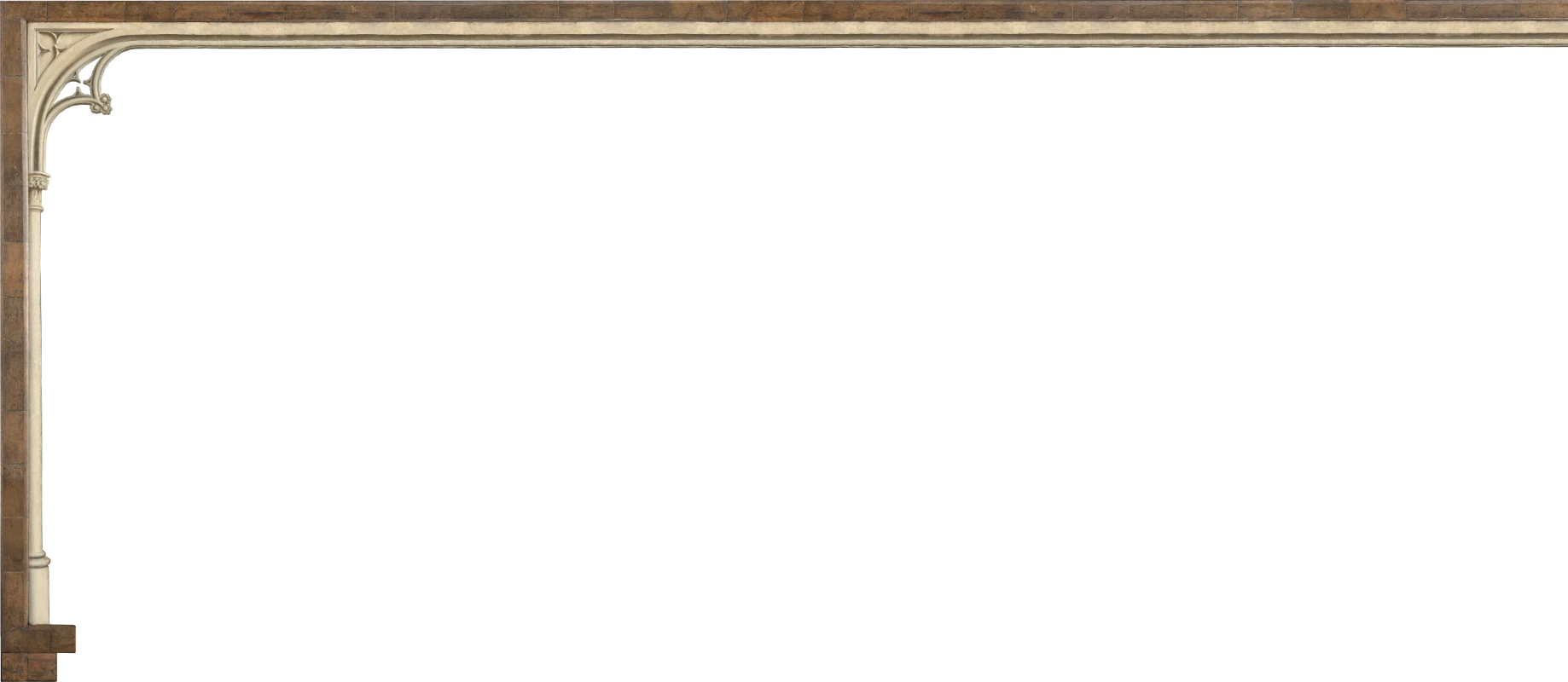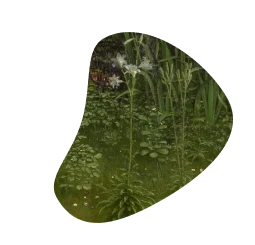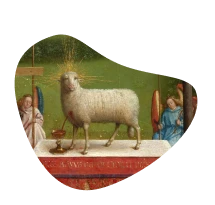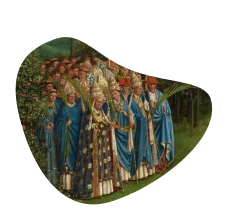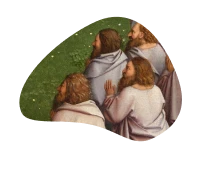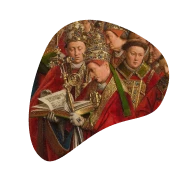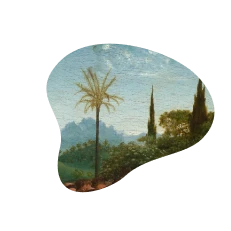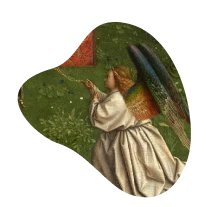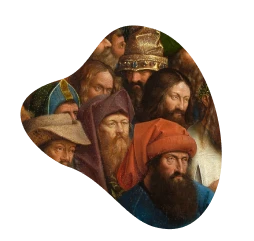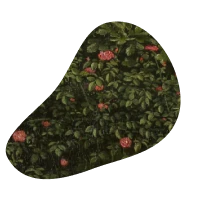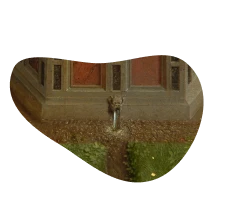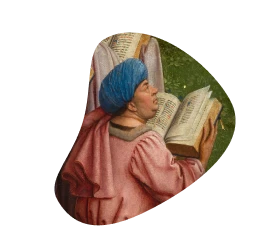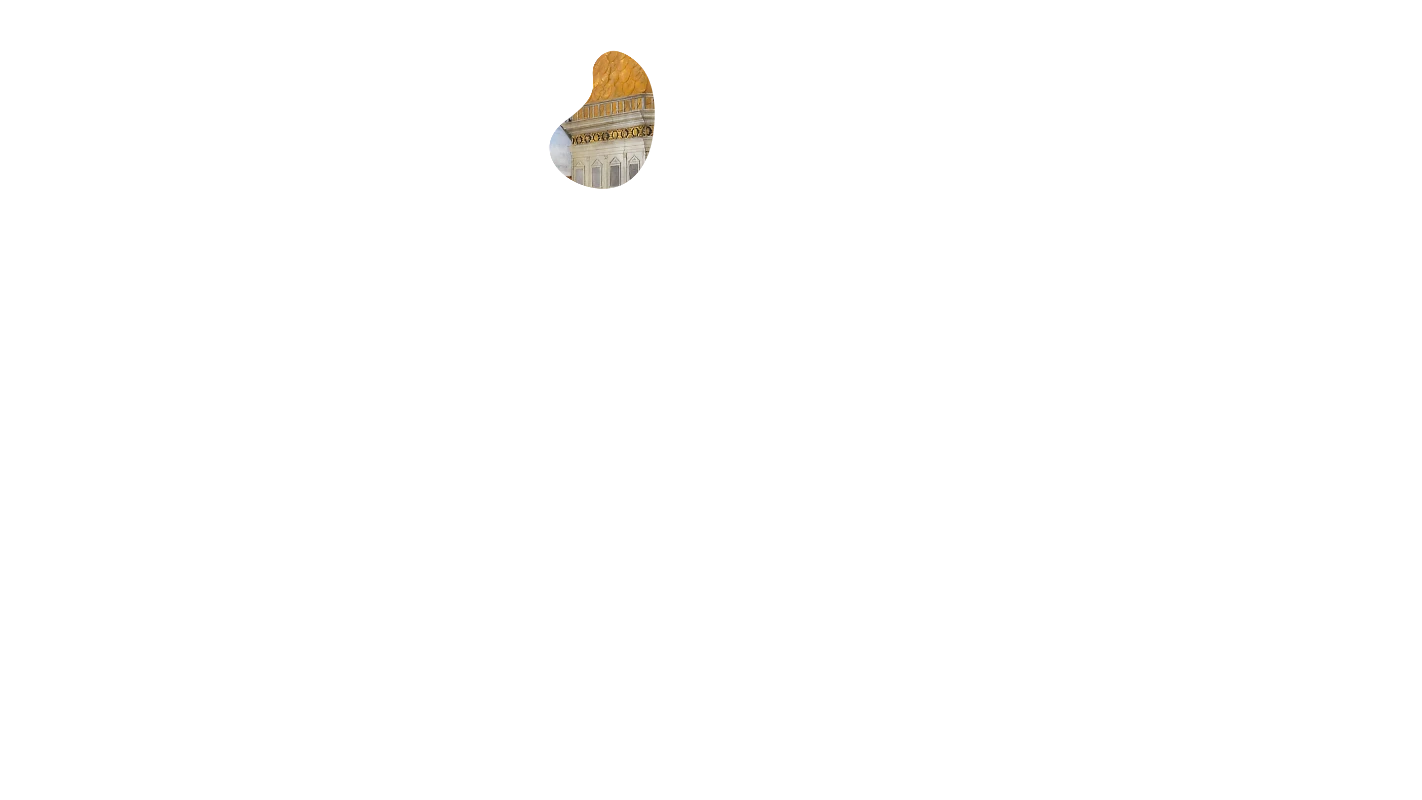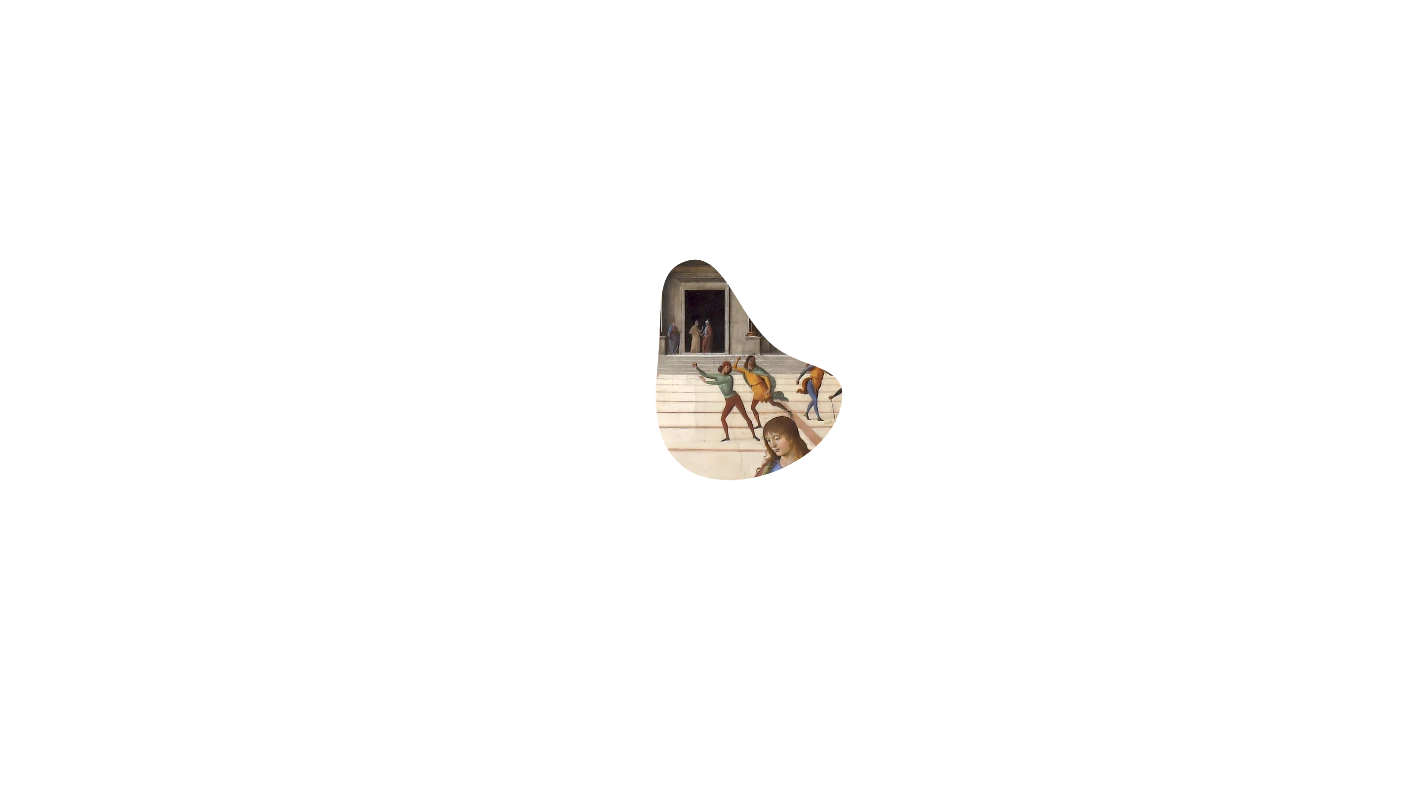Missa Fortuna desperata is based on a secular three-voice chanson probably written by Antoine Busnoys. Before Josquin the normal procedure in basing a mass setting on a chanson was to take one of the original voice parts, often the tenor, and derive all the motifs to be used in the mass from it—a so-called paraphrase mass. In Fortuna desperata, however, Josquin went a stage further by plundering all three of the voice parts for quotable material, at a stroke tripling the stock of ideas he could draw on.
Missa Fortuna desperata was one of the first masses to parody a polyphonic model, a technique Josquin refined later in life.
Thus the art of parodying a polyphonic model was born, in which tradition Missa Fortuna desperata was one of the first. We can hear Josquin refining and developing these techniques in Missa Malheur me bat, which is reckoned to be a later work. These techniques are astonishingly complicated. Just about every bar of every movement in Fortuna desperata (and similarly in Malheur me bat) is underpinned by a quotation from the model in question, though there seems to be no logic to how Josquin decided which of the three voices he was going to home in on, or whether more than one is being used at any given moment (all three tend to appear at the beginning of the movements), or what speed the chosen melody is being quoted at.

In general, Josquin liked to construct his polyphonic lines out of quite short motifs, often quoted as sequences which become building blocks (the Sanctus of Missa Fortuna desperata gives a good example of this). More often than not his resourcefulness is not clearly audible: the best chance of hearing the chanson material is when he quotes its melodies in very long notes. This happens in the Credo, for example, where he takes the top part of the chanson and quotes it four times in the top part of the mass in ever diminishing speeds (in the ratio 8:4:3:2), giving the movement a powerful drive to its end since the last statement is going four times faster than the first.
Not that the listener will consciously grasp everything that is happening—but subconsciously the mind is enthralled.
All this wisdom in the art of composition in this mass culminates, not unlike a Romantic symphony, in the last movement. By intensifying the learning which underlies the Agnus Dei as well as intensifying the symbolism inherent in the borrowed themes, Josquin in his own style achieves a symphonic breadth of expression. The Agnus Dei of Fortuna desperata only has two invocations, as opposed to the more conventional three, though it is possible that a two-voice section, which would have come between the two four-part ones that exist, has got lost over time. Again, we are in the world of building-block motifs, here over a very long-note bass part, which at times explores the most sonorous depths of the voice. In the first Agnus these bass notes are formed from the original top part of the chanson, transposed down an octave and a fifth, augmented and inverted.

The second Agnus follows the same pattern, only now the bass long notes are taken from the chanson’s tenor, here transposed down an octave but not inverted. It has been suggested that the inversion in the first Agnus was intended to represent a catastrophic turn of Fortune’s wheel, with the return to normality made possible through the good offices of the uninverted melody in the second Agnus. However one likes to view the very plausible symbolism inherent in this Agnus Dei, there can be no denying that by reviewing at the end the themes which have been circulating throughout the earlier movements Josquin brings his setting to a deeply satisfying conclusion. Not that the listener will consciously grasp everything that is happening—one needs a score for that, and even then it is hard to spot all the references. But subconsciously the mind is enthralled.
© Peter Phillips / Gimell Records




